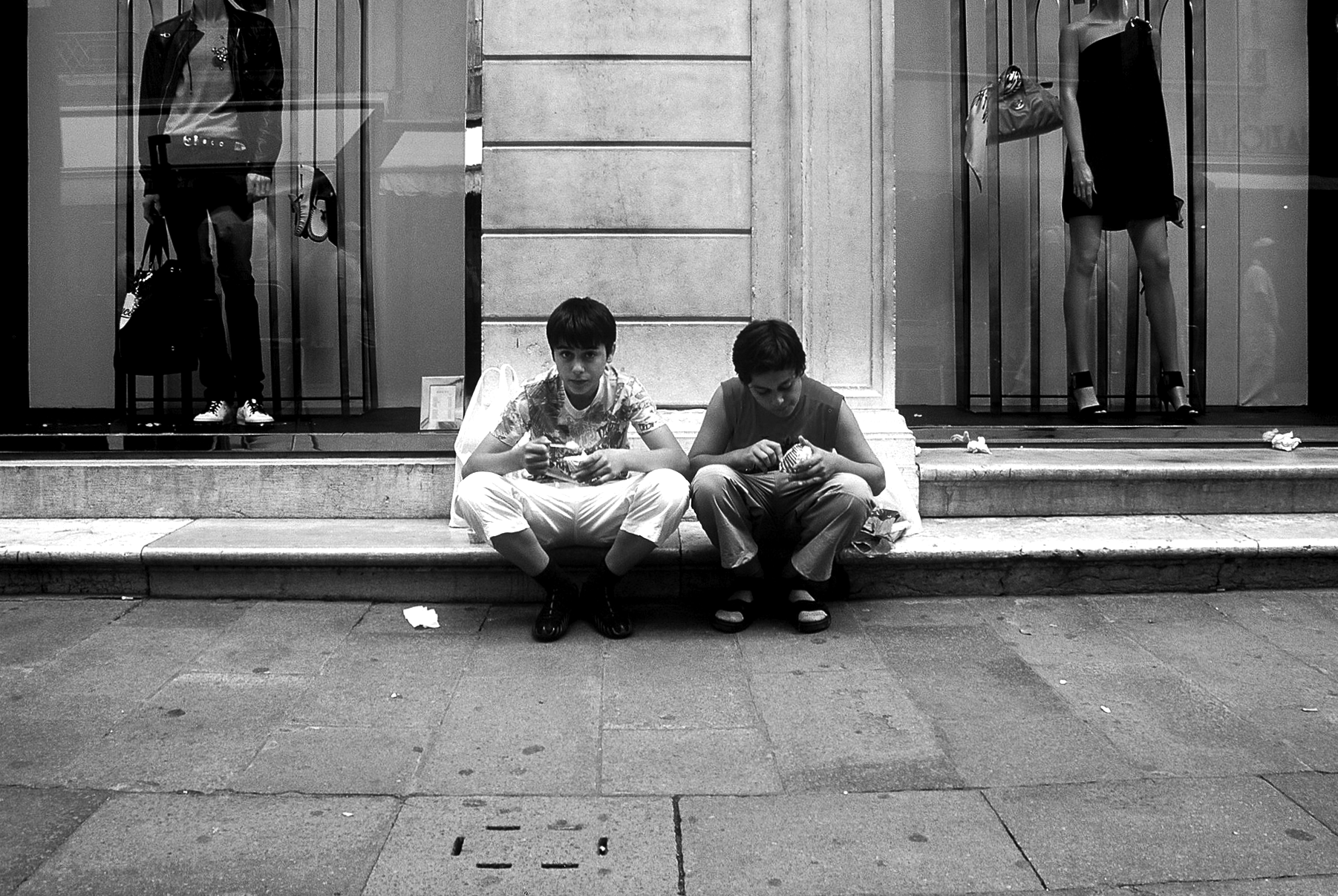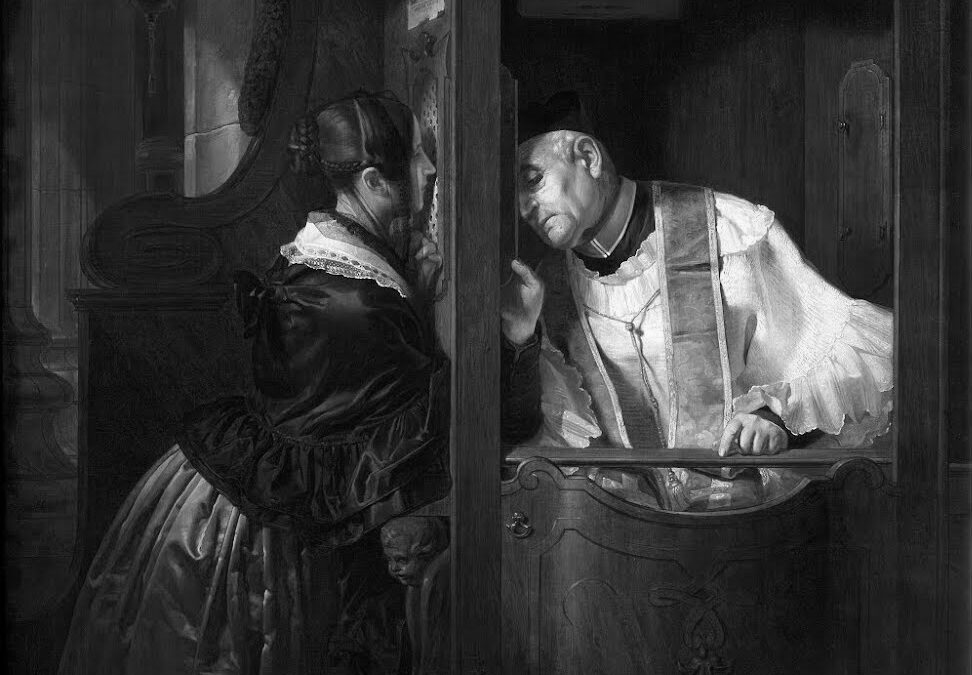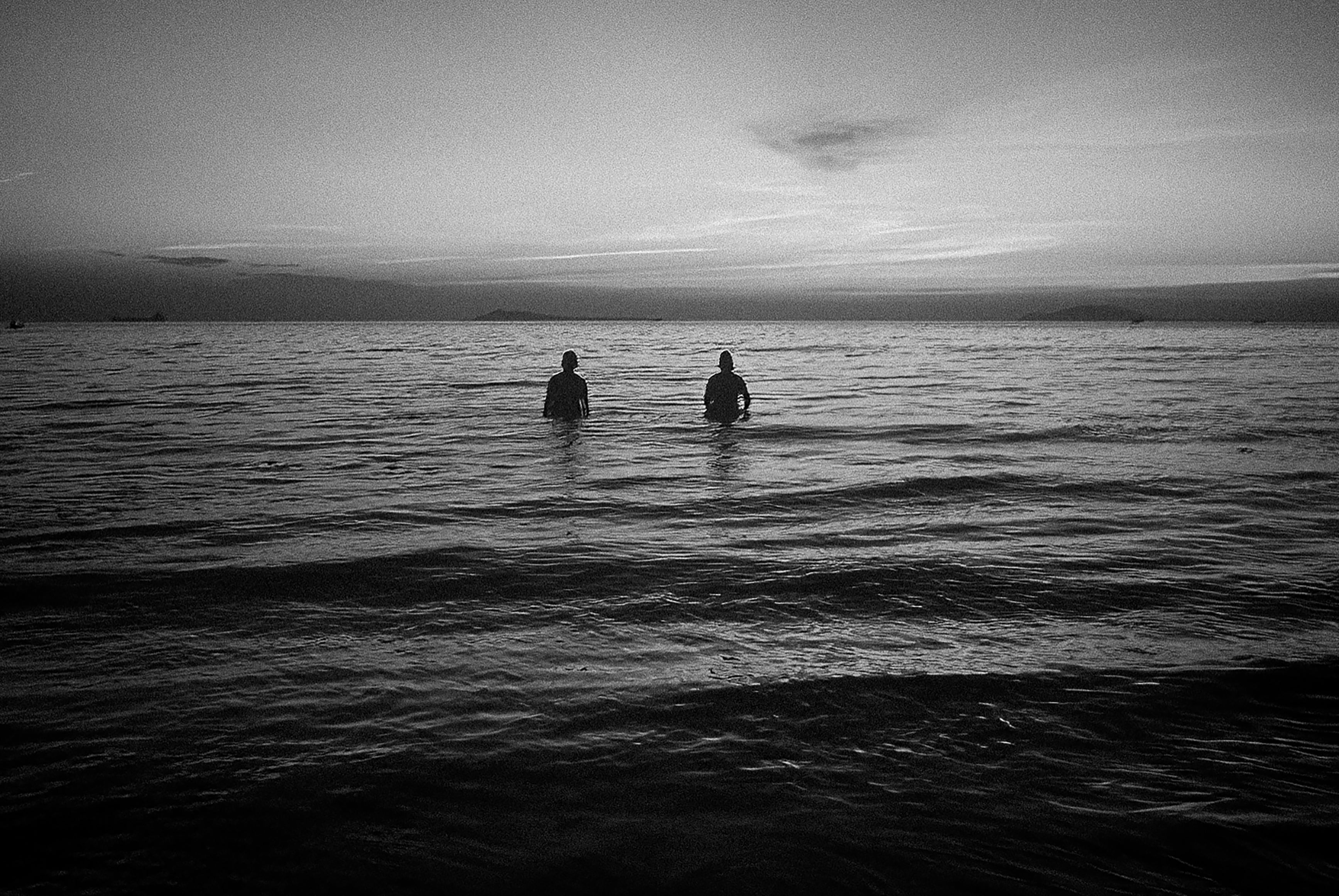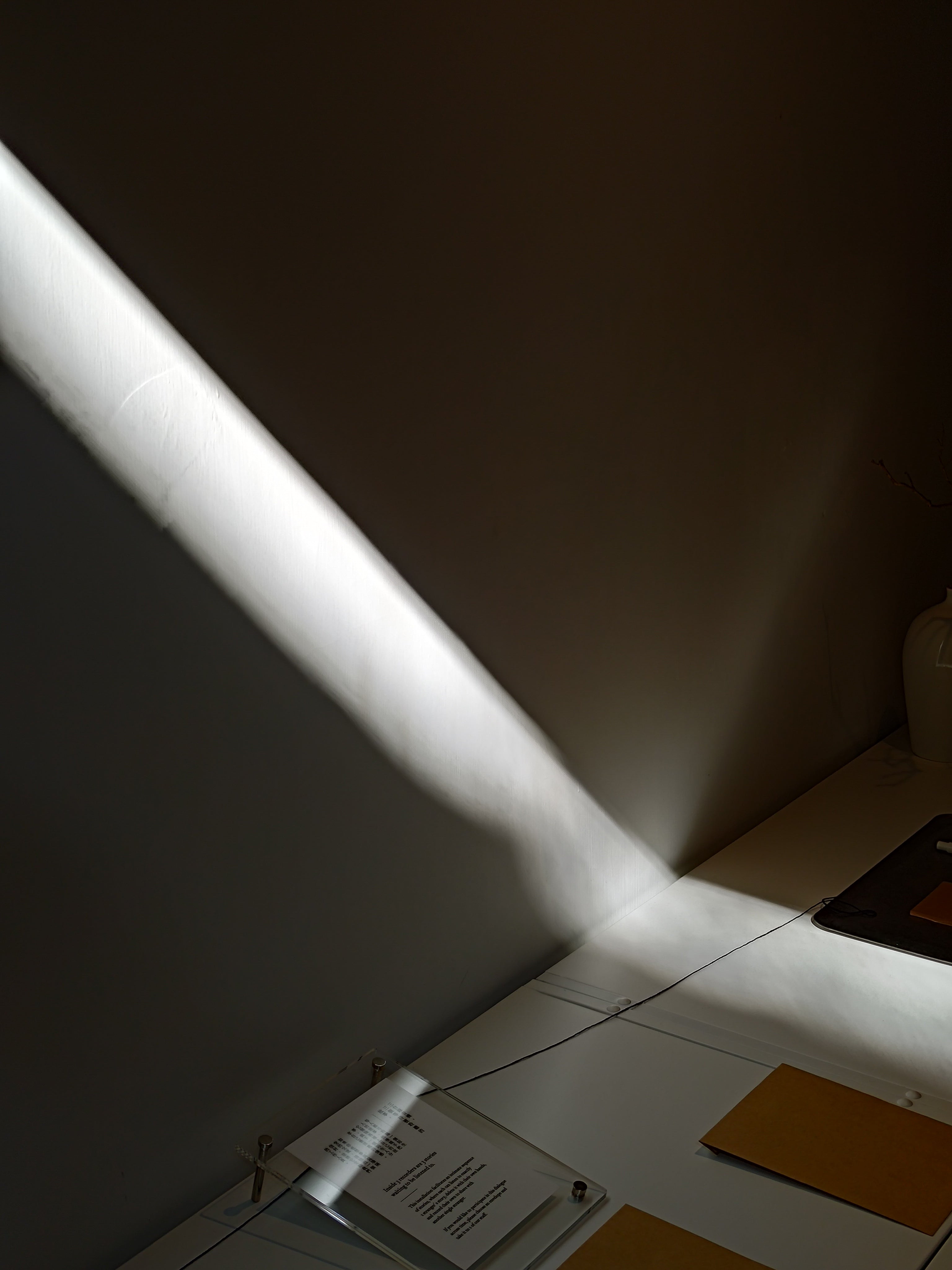A blend of Scent and Chinese typography.
Inspired by Eastern philosophy.
Search
(0)0 items
A blend of Scent and Chinese typography.
Inspired by Eastern philosophy.
Cont.
Leaving no trace:
A reflection on the Into You interactive sound installation and the modern aesthetics of relationships
What, then, is the role of this installation for its participants? What did this installation strive to achieve?
By design, this installation is nothing more than a vessel. For each participant, it can only be what the previous participant has experienced in life, and what they choose to relay to the next. Even though the procedure is identical for every participant, they individually experience an exclusive vertical slice of the installation. I argue that it is this exclusivity that positions the installation uniquely, in that every participant becomes the sole audience of the previous participant’s recording, and thus the sole carrier of their burden. In turn, they are able to offload their own burden in the same time and space, until they unknowingly meet the next person in line.

Two children having a meal by the road, Italy. Photography Jason Kwan, 2008.
I observe, too, that despite our efforts to provide an intimate and private space, and despite participants knowing that their recording would be anonymous and deleted without leaving a record, some of them were hesitant to go into details. I am reminded of a Catholic confessional, where under the impression of absolute privacy, the confessor speaks of their sins and asks for forgiveness. The mere idea that someone else will hear one’s story should be more than enough to perturb the confessor, but the notion that their sins would be forgiven, and that their story would be heard anonymously, propels them to do so. In this installation, there is no one to forgive the participant’s sins, but perhaps after the whole ordeal, the participant may be able to forgive themselves.

The Confession. Oil on canvas Giuseppe Molteni, 1838.
To conclude, I quote Heraclitus’s proverbial words, ‘No man ever steps in the same river twice. For it’s not the same river and he’s not the same man.’ Not only is this an apt way to describe the Into You interactive sound installation, but it accurately portrays the broader nature of contemporary romantic relationships. While Bourriard’s concern that our capitalist system would one day homogenise every relationship is very much timely and valid, the Into You installation may well be a measured response to this increasingly alienating world.

Two people at sea, unknown location. Photography Jason Kwan, 2008.
Bourriard, Nicolas. Relational Aesthetics. Translated by Simon Pleasance and Fronza Woods, with the participation of Mathieu Copeland. Les presses du reél, 2002.
De Meyer, Dirk, Kristiaan Versluys, Kristiaan Borret et al. (Ghent Urban Studies Team). The Urban Condition: Space, Community, and Self in the Contemporary Metropolis. 010 Publishers (Rotterdam), 1999.

View of Into You exhibition. Photography Adrian Lee, 2025.